Best Seasons for Foundation Repairs
Foundation repairs are most effectively performed during specific times of the year when environmental conditions favor stability and curing processes. Optimal conditions typically include moderate temperatures, low humidity, and minimal soil movement. These factors help ensure that repairs are durable and long-lasting.
Spring offers moderate temperatures and stable soil conditions, making it suitable for foundation repairs. However, increased rainfall can sometimes delay work.
Summer provides warm weather that facilitates curing, but high temperatures and dry conditions may require additional moisture management.
Fall typically has cooler temperatures and less rainfall, creating favorable conditions for foundation work before winter.
Winter is generally less ideal due to freezing temperatures and potential snow, which can hinder excavation and curing processes.
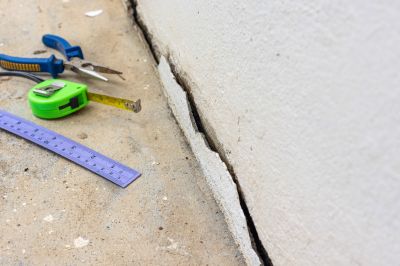
Visual assessment of foundation cracks and settlement signs.
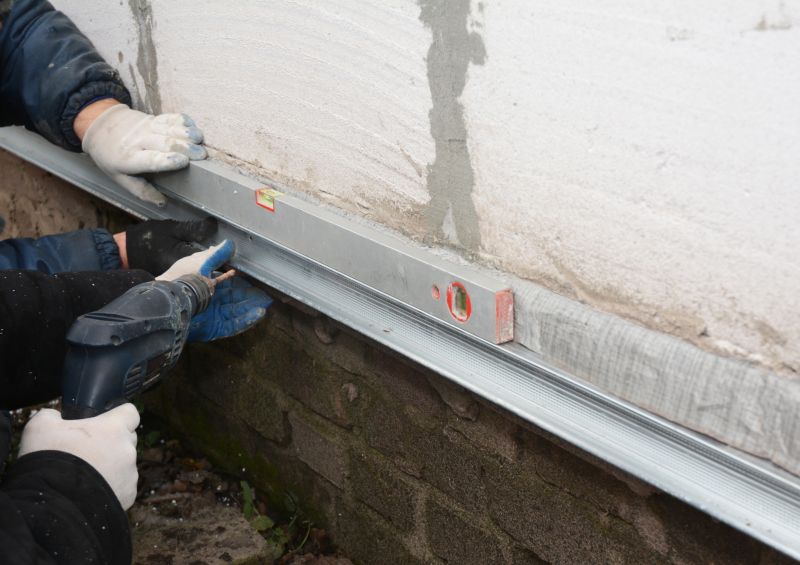
Preparing soil conditions for repair during optimal weather.
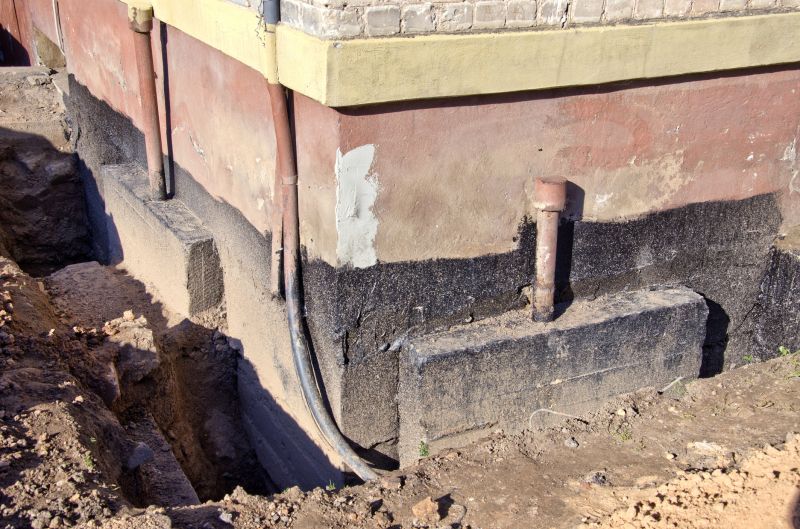
Execution of underpinning or piering techniques in favorable conditions.
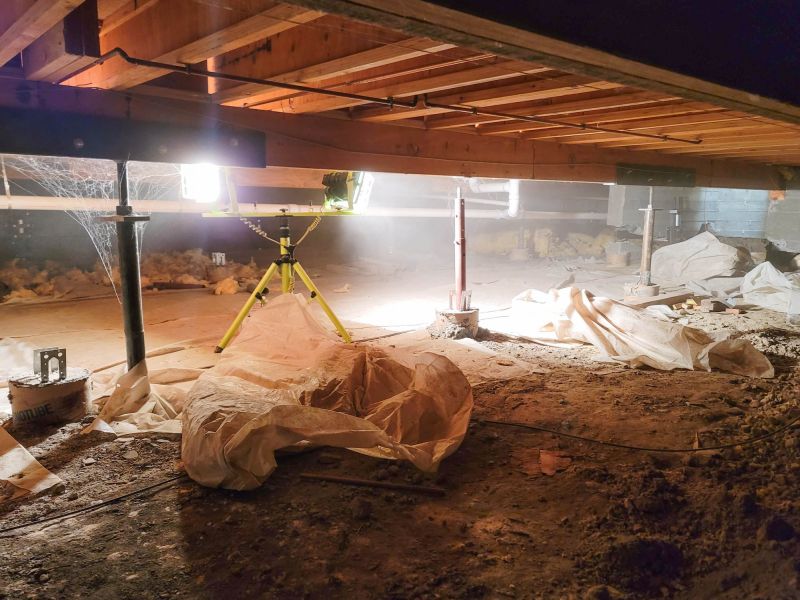
Ways to make Foundation Repairs work in tight or awkward layouts.

Popular materials for Foundation Repairs and why they hold up over time.
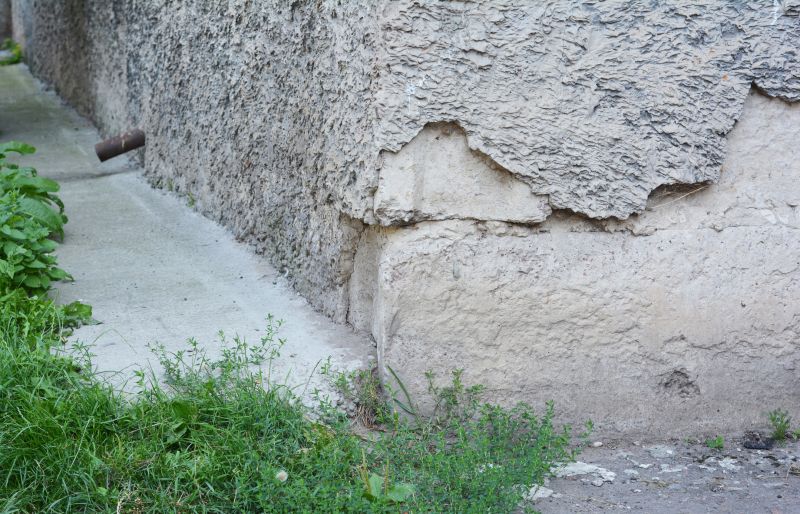
Simple add-ons that improve Foundation Repairs without blowing the budget.
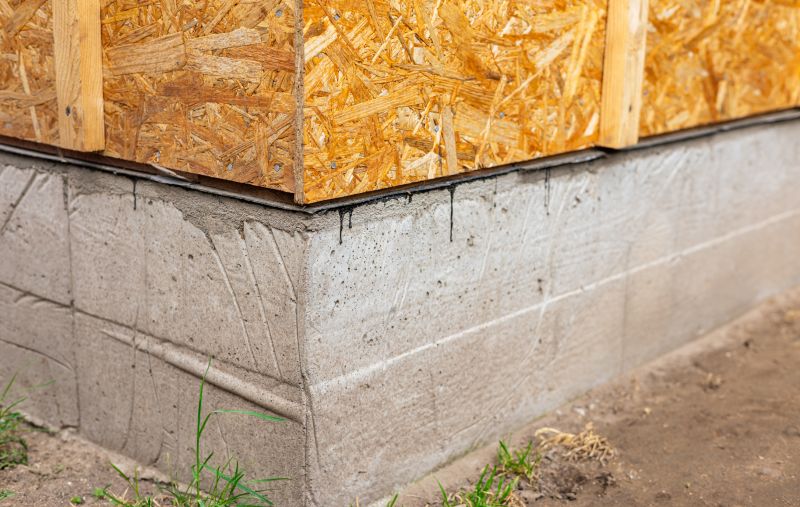
High-end options that actually feel worth it for Foundation Repairs.
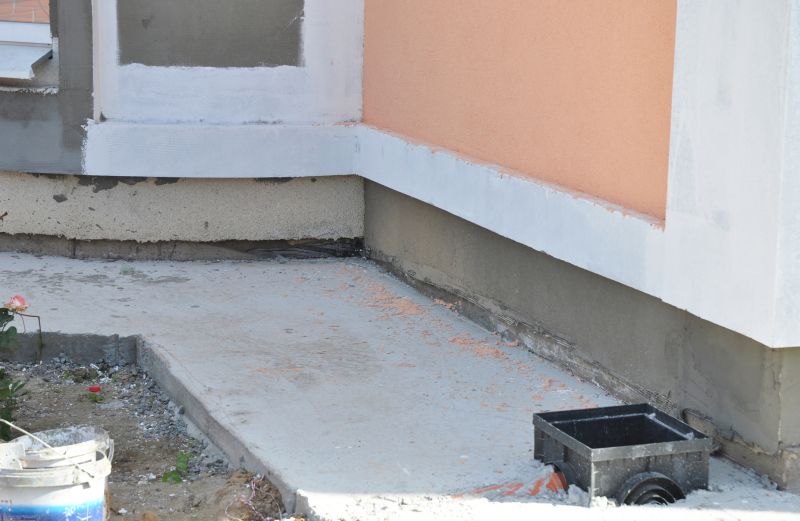
Finishes and colors that play nicely with Foundation Repairs.
Foundation repairs are critical for maintaining the structural integrity of a building. They address issues such as settlement, cracking, and shifting that can compromise safety. Timely repairs can prevent more extensive damage and costly renovations. Factors influencing the timing of repairs include soil type, weather patterns, and the severity of damage. Proper scheduling ensures that repairs are effective and durable, reducing the likelihood of future problems.
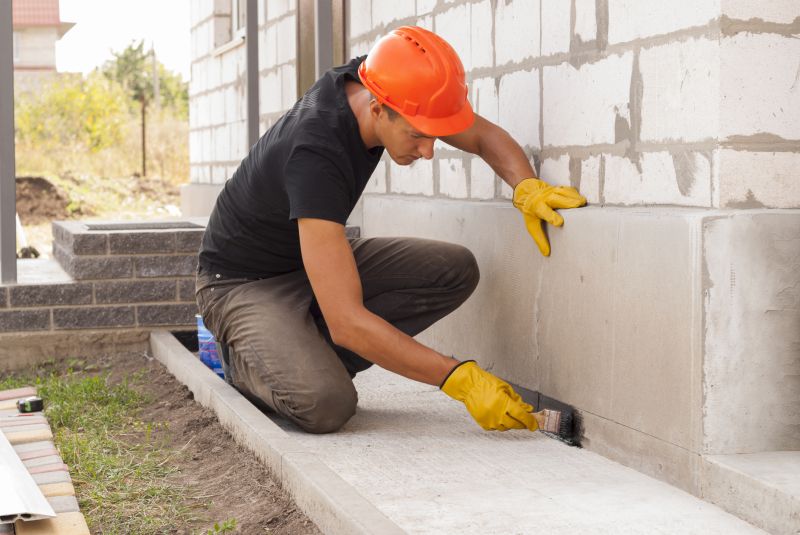
Sealing and stabilizing foundation cracks to prevent water intrusion.
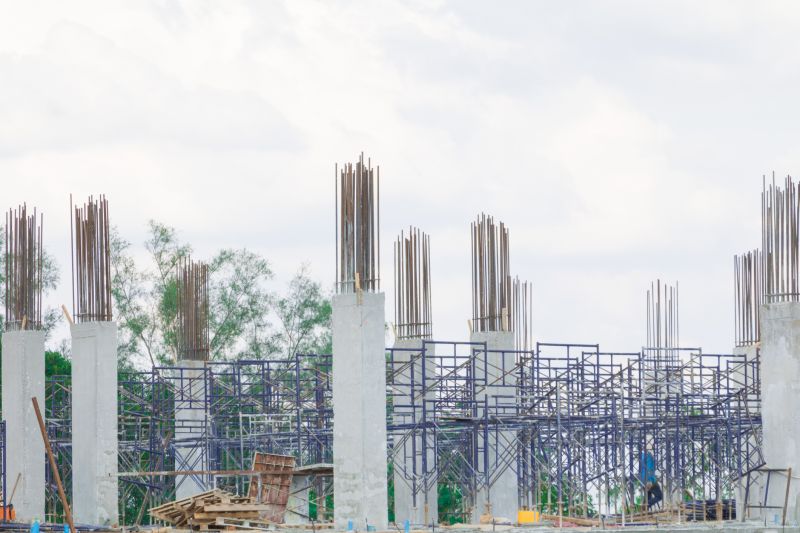
Adjusting or replacing piers to correct foundation elevation.
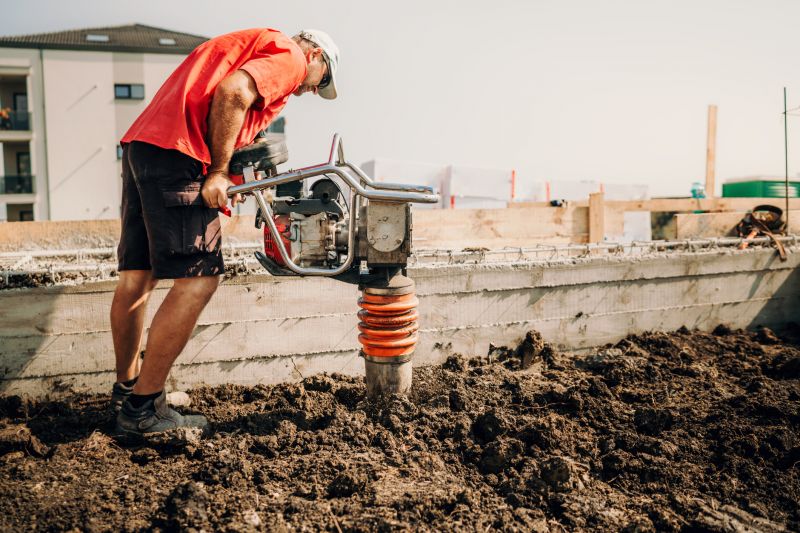
Using soil injects or compaction to reduce movement.

Assessing repairs for long-term stability.
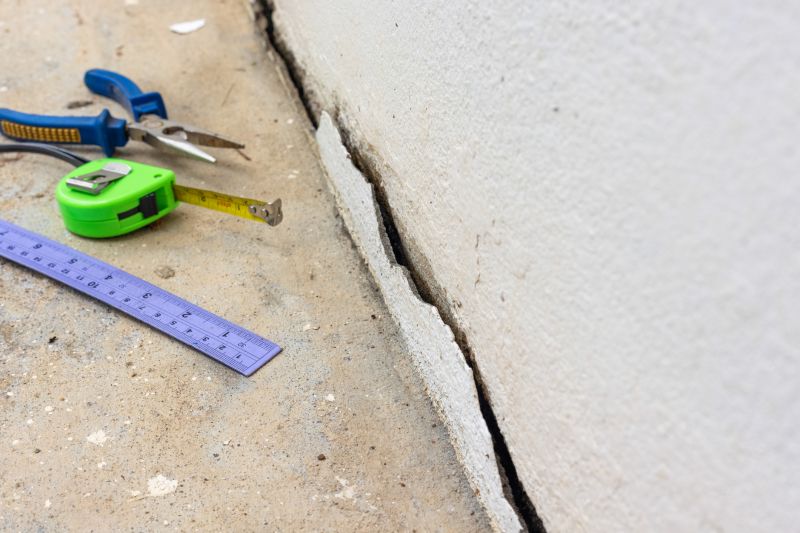
Little measurements that prevent headaches on Foundation Repairs day.
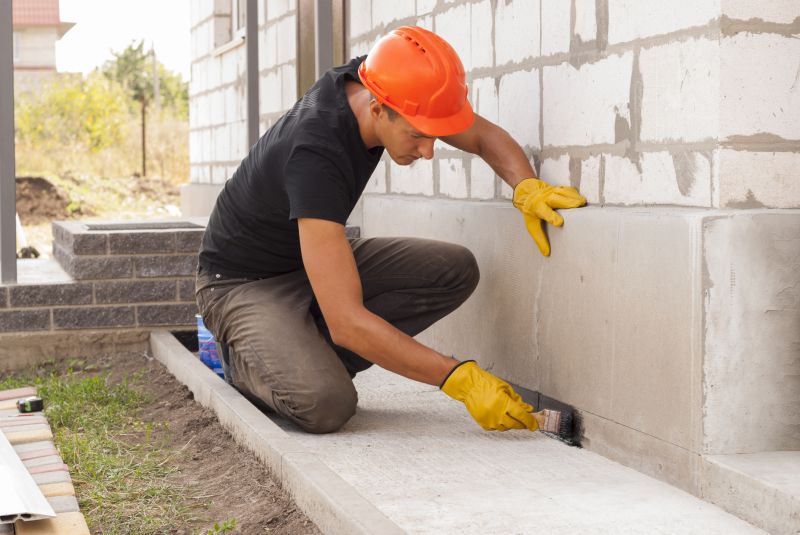
A 60-second routine that keeps Foundation Repairs looking new.
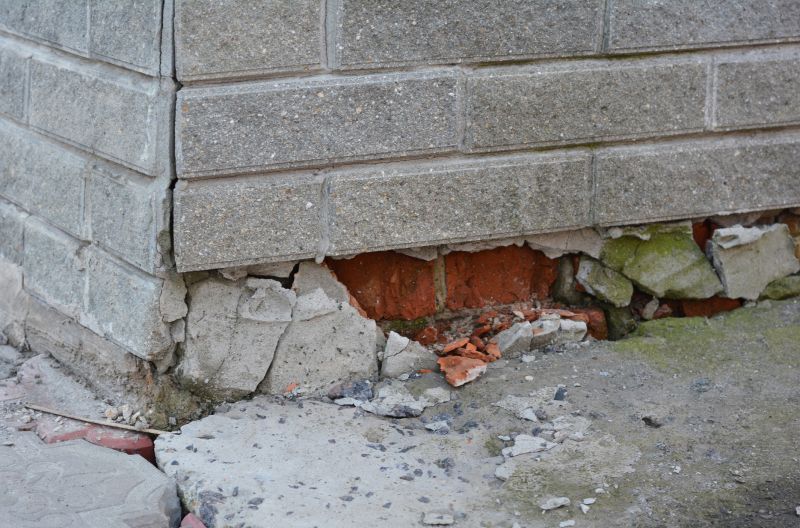
A frequent mistake in Foundation Repairs and how to dodge it.
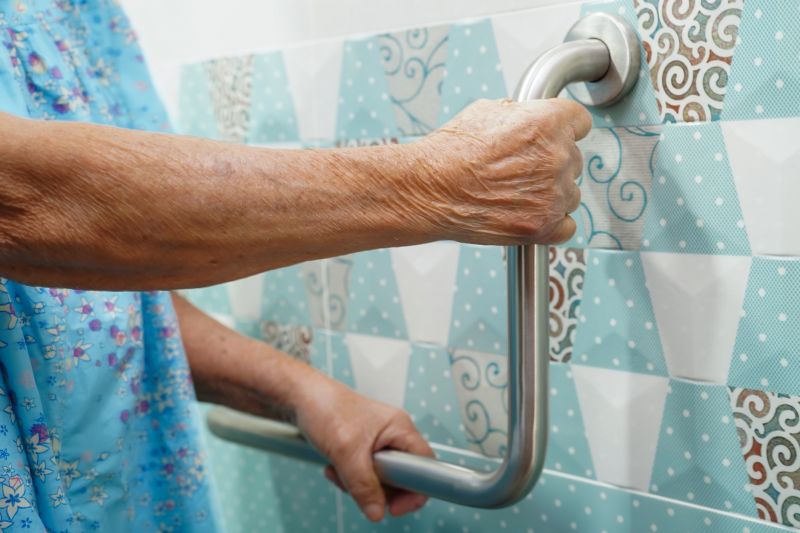
Small tweaks to make Foundation Repairs safer and easier to use.
| Season | Suitable for Repairs |
|---|---|
| Spring | Yes, due to moderate weather and soil conditions |
| Summer | Yes, with moisture management |
| Fall | Yes, ideal before winter |
| Winter | No, due to freezing temperatures and snow |
Understanding the best timing for foundation repairs can significantly impact the success and longevity of the work. Consulting with foundation specialists can help determine the most appropriate season based on specific site conditions. Proper planning and execution during optimal weather conditions ensure that repairs are effective and minimize future issues.
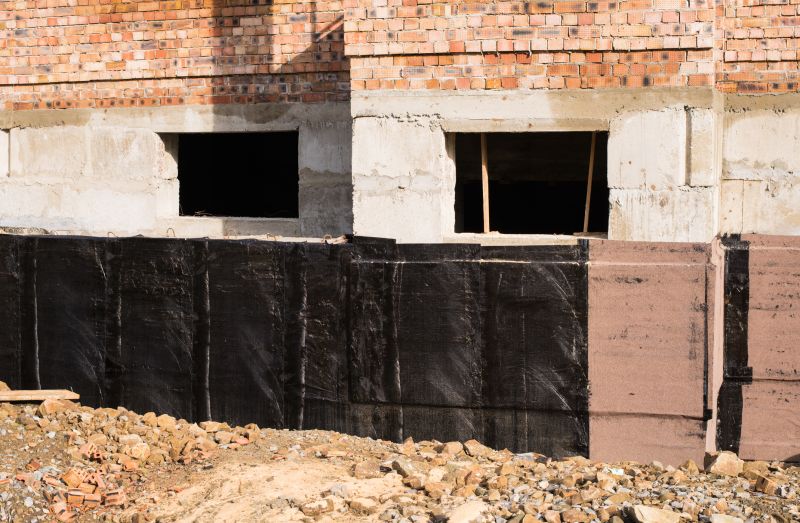
Technicians performing underpinning in favorable weather.
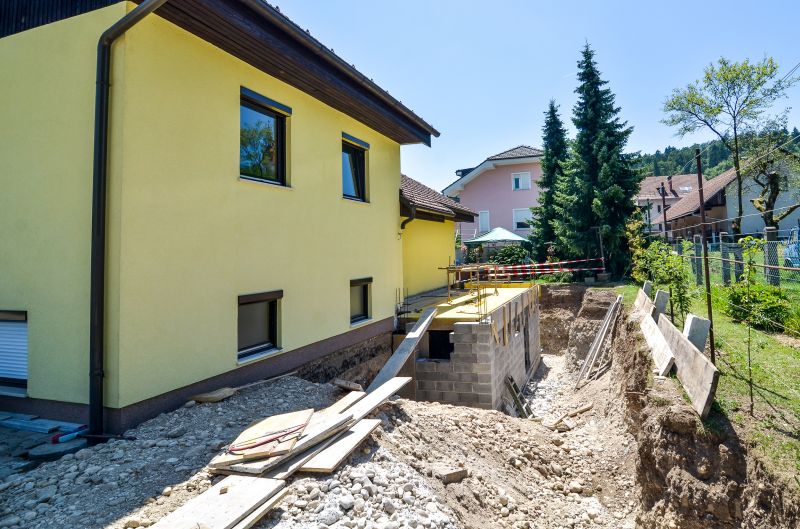
A stable foundation after repair work.

Preparing soil for repair during optimal conditions.
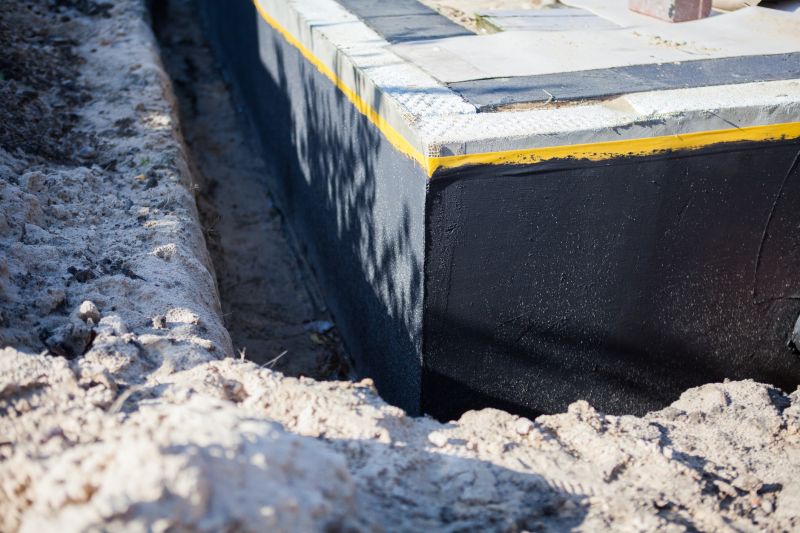
Lower-waste or water-saving choices for Foundation Repairs.

The short, realistic tool list for quality Foundation Repairs.
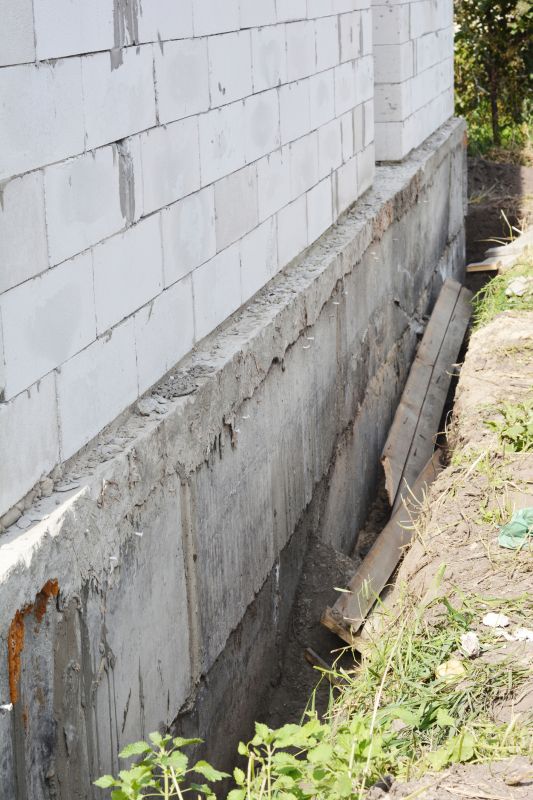
Rough timing from prep to clean-up for Foundation Repairs.
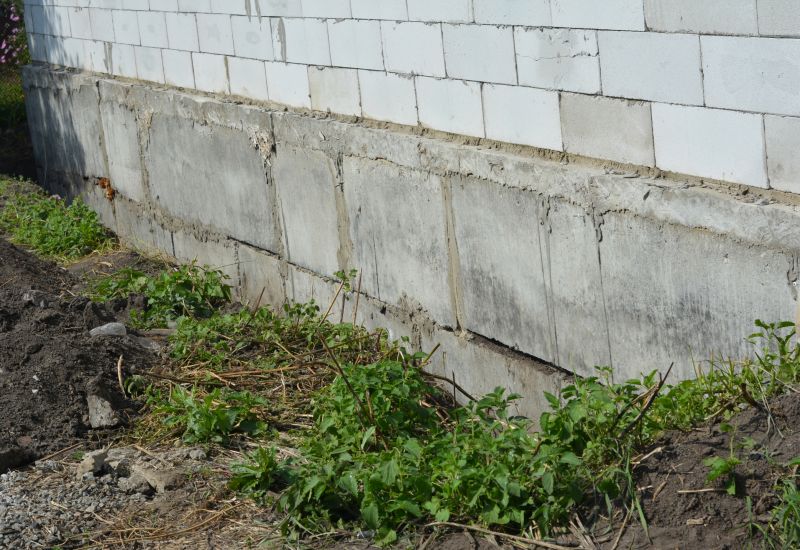
Quick checks and paperwork to keep after Foundation Repairs.
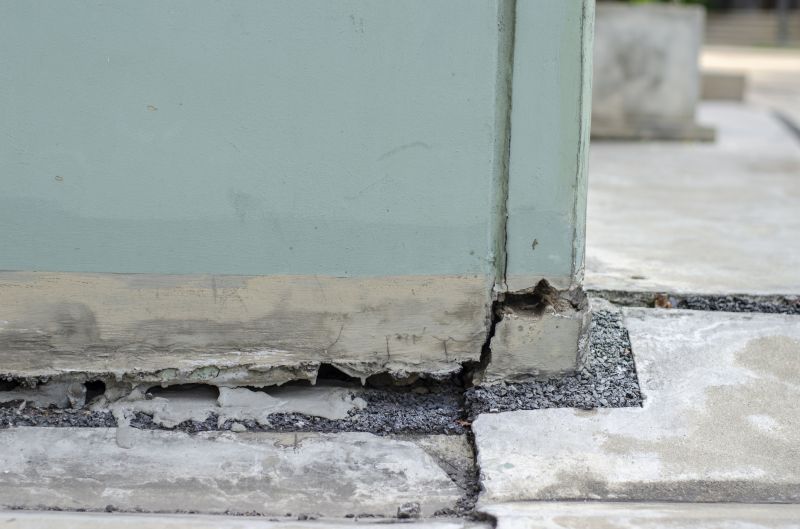
Examples that show the impact a good Foundation Repairs can make.
For property owners in Indianapolis, IN, understanding the seasonal considerations for foundation repairs can help in planning and executing effective solutions. Proper timing reduces risks and enhances the durability of repairs. Interested individuals are encouraged to contact professionals to discuss timing options and schedule assessments for their property.

